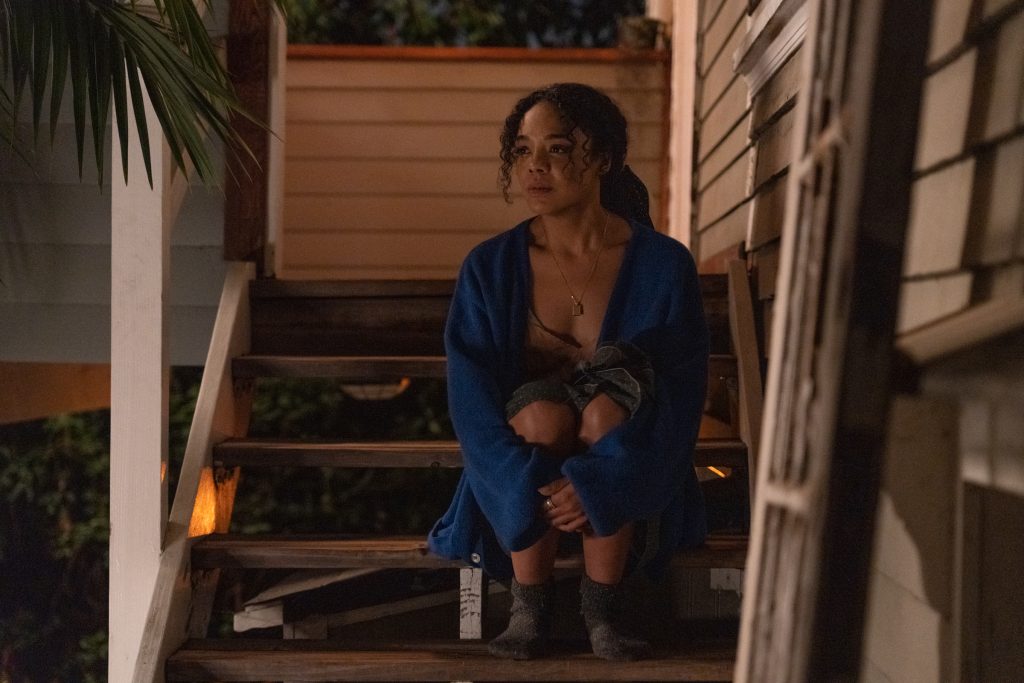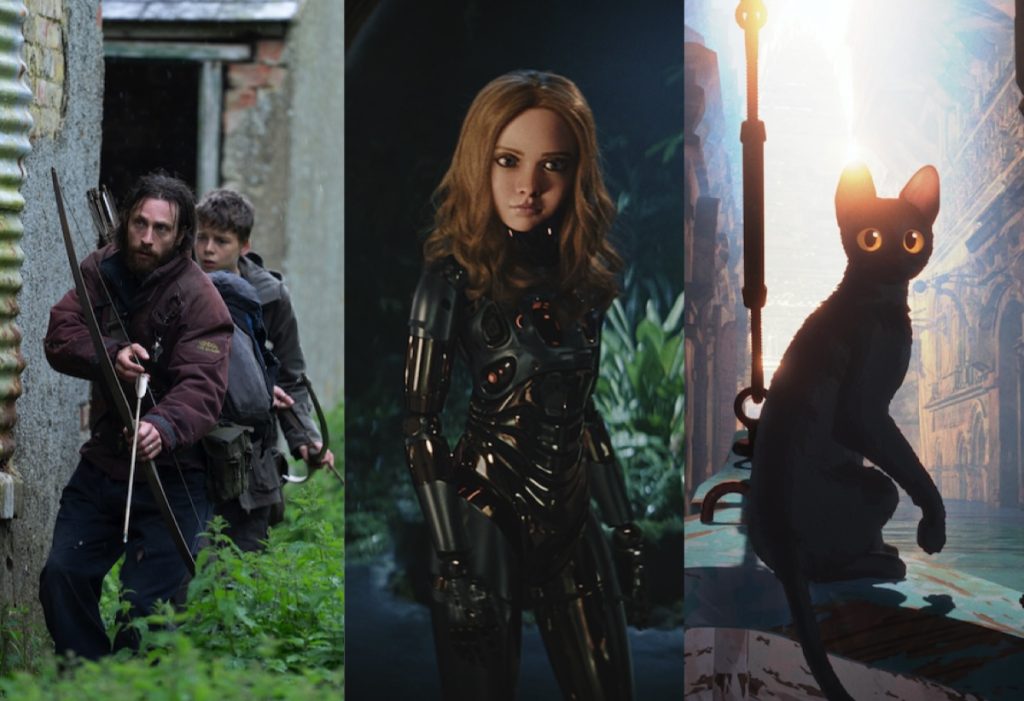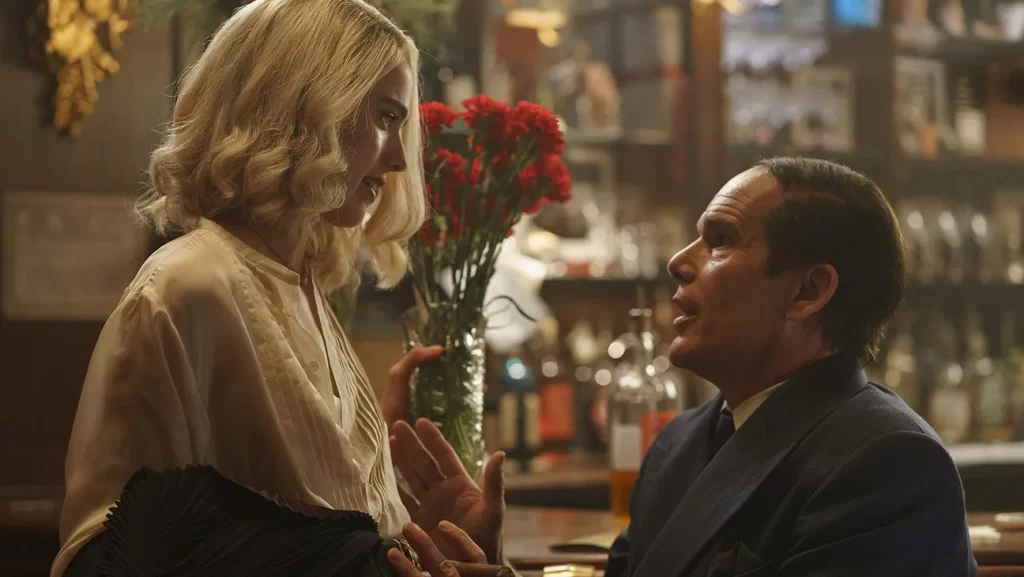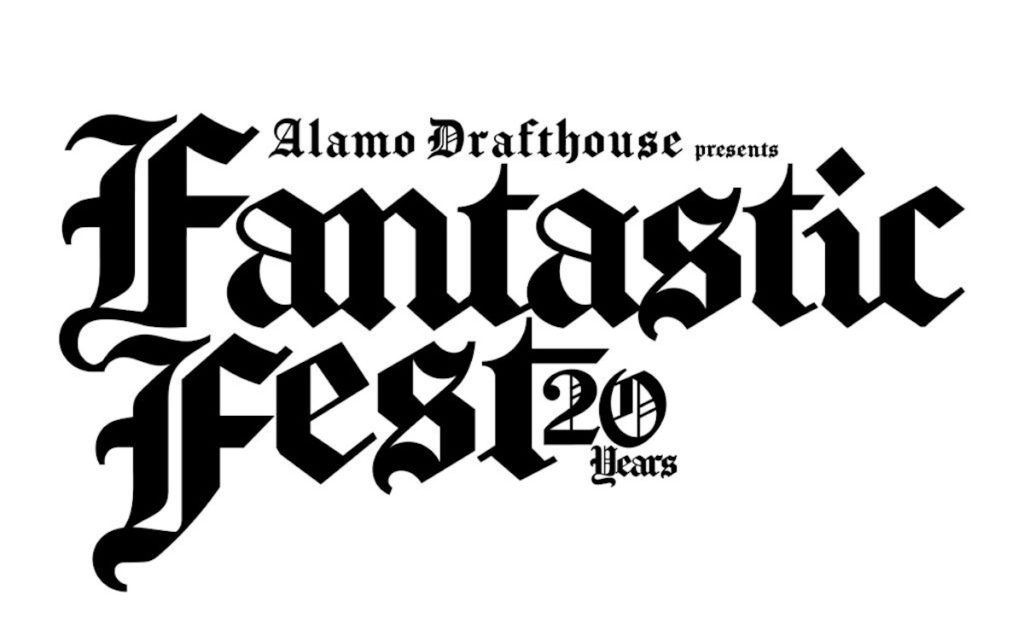The nicest surprise of this year’s Tribeca Film Festival—excuse me, it’s just Tribeca Festival now, heaven forbid we indicate anything as unfashionable as an allegiance to film—may well have been Blood for Dust, which benefited greatly from my existing presumptions and prejudices about the fest (namely, that anything with name actors that’s premiering here instead of other first- and second-quarter fests must be doing so for a reason). But this is a gripping, expertly crafted thriller, set in the early 1990s and reminiscent of the neo-noirs of that time, hard-nosed crime pictures like One False Move and Red Rock West that blasted the optimism of the (early) Clinton era with their bleak views of a dead-end world.
Scoot McNairy, the kind of actor whose presence in a film like this is something of a reassuring nod, is spot-on as a classic sap—desperate, bitter, and beaten-down—whose dire straights make him more receptive than he should be to an opportunity presented by an old colleague (a deliciously sleazy Kit Harrington). “I’m afraid to ask if any of this is legal,” he worries, to which his pal replies, “Then don’t ask,” and the rest of the script is blessed with that kind of lean, to-the-point efficiency.
Cinnamon seems like an even bleaker proposition—on top of the usual suspicion for Tribeca narrative selections, it’s a Tubi original—so it may have been an even nicer surprise. Some of writer/director Bryian Keith Montgomery Jr.’s choices are dubious; Damon Wayans is playing this way too broadly, and it just seems like you’re losing a weapon to cast Pam Grier as a mute. But Hailey Kilgore proves herself a no-questions-asked movie star in the title role, Jeremie Harris is absolutely terrifying, and the plot turns are solid. It’s a taut, twisty, crisply executed crime thriller that also feels like a ‘90s indie—more like the Tarantino knock-offs, but one of the good ones, like The Usual Suspects or The Way of the Gun.
“Hello, this is Beth,” she says, at the beginning of each call, and she waits to see who’s on the other end of the line: a street kid, an incel, a vet, a suicide case. She talks to “all kinds of people,” she shrugs, answering the “Help Anytime” hotline; she’s played by Tessa Thompson, and she’s the focus of The Listener, Steve Buscemi’s first feature as a director since 2007’s Interview. That was basically a two-hander, and this is even smaller, a solo chamber piece. The title is apt, and presents a once-in-a-career challenge to an actor; we hear but do not see the callers, so we’re always looking at her as she listens, registers, contemplates.

Thompson (who is also credited as a producer) is quite good—we’re always with her, as she keeps her voice soft, probing, non-confrontational, trying (though not always successfully) to say what her callers need to hear. The film itself is less successful, though it has its virtues; it mostly suffers from feeling like a filmed play, for better or worse. The better is in the focus on performance and dialogue; the worse comes when the callers start monologuing, throwing out big ideas in big speeches that sound less like cries for help and more like carefully-scripted acting moments. It’s not a bad film, just not quite up to Buscemi’s usual standards.
As ever, documentaries are the safest bet at Tribeca, and one of the bigger treats for movie geeks is David Gregory’s Enter the Clones of Bruce, a cheerful breakdown of the “Bruce-ploitation” craze, in which Hong Kong cinemas and American grindhouses were flooded with films starring Bruce Lee imitators and (sorta) lookalikes after the kung fu phenom’s tragic, early death. Gregory profiles several of the actors given this dubious task, including Bruce Li, Bruce Le, Bruce Lo, Bruce Lei, Dragon Lee, Bruce Liang, and Ron Van Clief aka “The Black Dragon,” and while many went along with the rip-off ruse (Le shrugs, “You can call me what you want as long as you pay me”), they maintain mixed emotions about these films and what they did to their careers.
The middle stretch becomes less about Bruce-ploitation and more about low-budget martial arts movies, breaking down the production methodology with humor and affection, and that’s a smart move; there’s also a fair amount of thoughtful commentary on how these movies impacted perceptions of Asian men in cinema and American culture. Enter the Clones will appeal to a niche within a niche of moviegoers, but boy, that niche is gonna eat it up.
Also catnip for indie fans: Sav Rogers’s Chasing Chasing Amy, which details the role that still-controversial 1997 queer-adjacent rom-com played in the filmmaker’s own coming-out, as well as the picture’s complicated history and legacy—why it mattered then, and the questions and concerns swirling around it now. It’s intellectually honest, genuinely thoughtful and penetrating in its exploration of the arguments and ideas that plague the film in terms of perspective and representation. But the deeper Rogers gets, the clearer it becomes that there’s even more to grapple with than we might have imagined (i.e., the Harvey Weinstein of it all). There’s a lot of material to handle here, and Rogers doesn’t always pull it off (the most personal stuff doesn’t quite weave in as smoothly as it should). But it’s a movie with a lot to say, and says most of it quite eloquently.
Sam Pollard’s The League chronicles, with rigor and insight, the ups and downs of baseball’s so-called “Negro League” and and its various iterations. The name was simplistic (the diaspora of Black and Latino players, we’re told, means they welcomed everyone “from chalk to charcoal”) but their mission was not, and Pollard combines history and social commentary, to great effect. Using archival footage, interviews, animations, clippings, tasteful (and, thankfully, minimal) dramatizations, he profiles the superstars, tells fascinating stories about figures you might not know, and slips off into sidebars of interest without losing focus. And by highlighting the league’s intersections with world events and civil rights, The League becomes a much broader history of Black culture and Black life—and of both the necessity of integration, and its social and economic cost.



